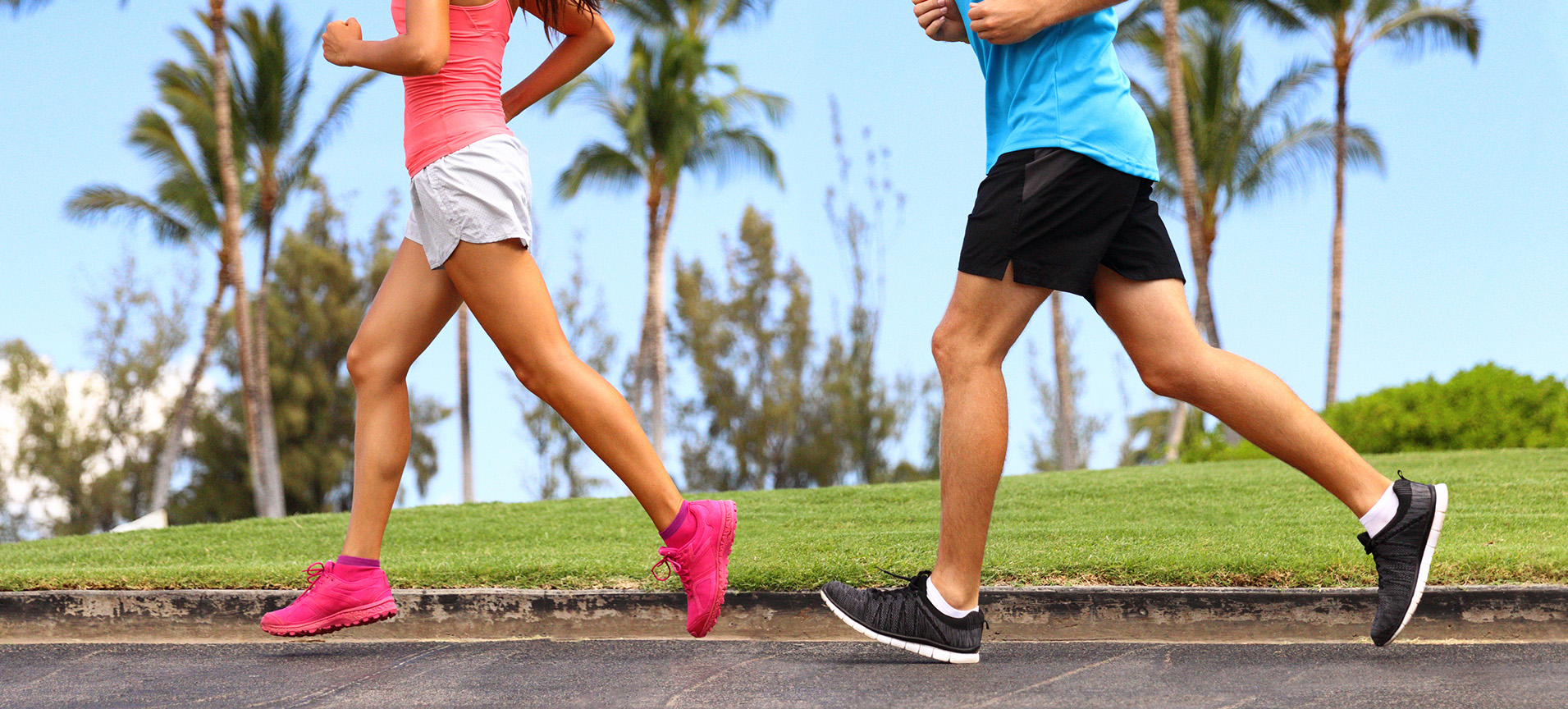Understanding Varicose Veins: symptoms and treatments
Varicose veins are a common vascular condition where veins become dilated, tortuous, and are sometimes painful. They usually appear on the legs and can be blue or purple in color, bulging out from the skin's surface. While they are often a cosmetic concern, varicose veins can also cause discomfort and, in some cases, lead to more serious health issues if left untreated. These veins commonly appears in the superficial veins of the legs. Risk factors include pregnancy, age, genetics, hormonal changes and prolonged standing.
 How to Identify Varicose Veins:
How to Identify Varicose Veins:
- Visible Veins: Varicose veins appear as bulging veins under the skin surface
- Pain and Discomfort: Some individuals experience aching, heaviness, or itching in the legs, especially after long periods of standing or sitting.
- Swelling: Swelling around the ankles or typically below the knee can occur
- Skin Changes: Skin around the affected veins may become dry, itchy or discolored. In severe cases, ulcers or sores can develop on the skin.
- Complications: Rarely, venous insufficiency, which is the cause of varicose veins, can lead to more serious problems
How to Manage and Treat Varicose Veins:
- Manage Symptoms: Simple lifestyle adjustments can help manage symptoms. These include regular exercise, elevating the legs, maintaining a healthy weight, and wearing compression stockings for circulation.
- Book a Vein Screening with Dr. Alissa Brotman-O’Neill: An American College Osteopathic Surgeons (ACOS) board-certified vascular surgeon, Brotman offers treatment of unsightly varicose veins and spider veins with no recovery downtime. Treatments in the office include:
- Sclerotherapy: A premier treatment for small varicose veins or spider veins performed via injection that causes collapse of small veins.
- Endovenous Ablation: A minimally invasive technique that shuts the non-working veins though radio frequency energy.
- Microphlebectomy: A minimally invasive procedure in which micro 2mm incisions are used to remove varicose veins.
- Venaseal: A medical glue holds the walls of the vein together, stopping and then redirecting the blood flow to healthy veins.
- Varithena: A gentle, minimally invasive technique utilizing a microfoam.
When to Consult a Physician:
 If you notice symptoms of varicose veins or if they are causing you discomfort or concern, it's important to consult a healthcare professional. They can evaluate your condition, recommend appropriate treatments, and help prevent potential complications.
If you notice symptoms of varicose veins or if they are causing you discomfort or concern, it's important to consult a healthcare professional. They can evaluate your condition, recommend appropriate treatments, and help prevent potential complications.
If you are in the Central Jersey, South Jersey or Philadelphia region, call 856-566-2710 today to make an appointment with Dr. Brotman-O’Neill for a skilled diagnosis and discuss the best treatment therapy for your condition. Procedures are done in the office setting, unless requested otherwise.

